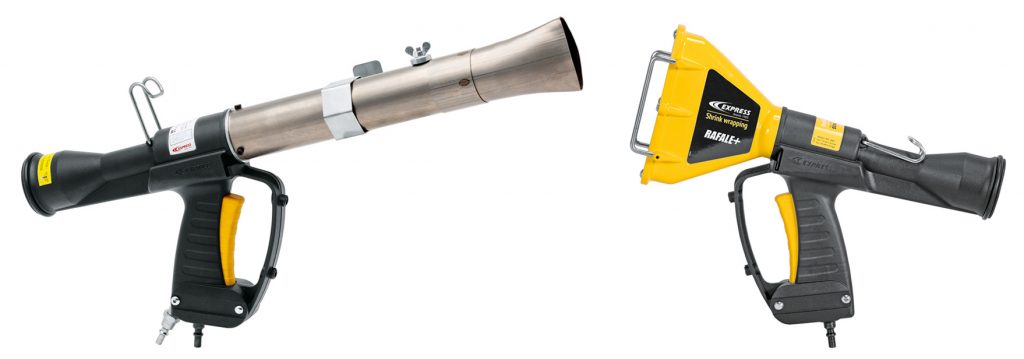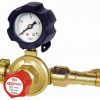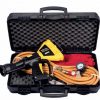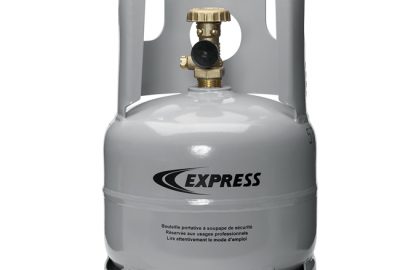Choosing between the hot air gun and the direct flame depends on the power you need, but also on the environment in which you work. With the flame you have more power, but you don’t get the safety you get from the hot air gun.
Safety measures related to the use of the flame
 The use of the flame is increasingly regulated and prohibited because it puts safety at risk. Numerous fires under wooden structures have led to the tightening of safety measures related to the use of flames. In France, as in the rest of Europe, any flame is now forbidden under roofs.
The use of the flame is increasingly regulated and prohibited because it puts safety at risk. Numerous fires under wooden structures have led to the tightening of safety measures related to the use of flames. In France, as in the rest of Europe, any flame is now forbidden under roofs.
In construction, wherease new housing does not pose any problems, renovation work on older buildings is much more tricky. Many of the materials used at the time were not flame resistant, especially old insulation, which sometimes even consisted of newspapers.
Finally, ATEX zones must be taken into account. Their name refers to EXplosive ATmospheres where flammable materials are present. The more an ATEX zone is considered “at risk”, the stricter the regulations are. ATEX is divided into two categories: areas where the flammable substance is a gas, mist or vapour and areas where the substance is dust.
ATEX areas are coal mines, storage places for explosive products, ammunition, etc.
The alternative of the hot air gun
The alternative to the flame is the hot air gun. It is safer and adapts to the nature of the work site. It can be electric or gas powered.
1 – The resistance hot air gun
The resistance hot air gun plugs into the mains. It is equipped with a resistor that heats the air and a fan that propels the hot air. For example, the concept of the Guilbert Express 2010 hot air gun.
It is powerful enough to be versatile and enables professional welding on metal, and also on thermoplastic materials. It can supply 400 litres of air per minute. With its heating capacity of 1500 W, it can resist temperatures of up to 700 °C. It can be adjusted with its highly reliable electronic system.
2 – The gas hot air gun
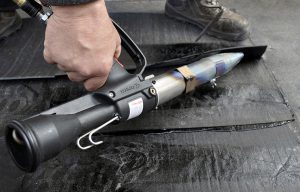 The other solution is the gas that enables internal combustion followed by the expulsion of hot air through the gas cylinder. That is the principle of the Guilbert Express 4500 hot air gun. You can work many materials accurately with it : zinc, PVC sheaths and tubes, heat shrink sleeves, plastic tiles, adhesives, flexible floors, etc.
The other solution is the gas that enables internal combustion followed by the expulsion of hot air through the gas cylinder. That is the principle of the Guilbert Express 4500 hot air gun. You can work many materials accurately with it : zinc, PVC sheaths and tubes, heat shrink sleeves, plastic tiles, adhesives, flexible floors, etc.
Hot air can also be expelled through a compressed air circuit, in which case you need a compressor. This is the case of the Guilbert Express Sirocco 4010 hot air gun. It has been specifically designed for all sealing work that cannot be carried out with flame.
Hot air guns are used to work on cast asphalt structures. They are strong enough to bind the bitumen rolls and are adapted to withstand all conditions, including high winds.
In conclusion, unless you really need a very high temperature that only a flame can reach, the hot air gun (available as a complete case) is preferable for safety reasons and it provides very extended applications.

